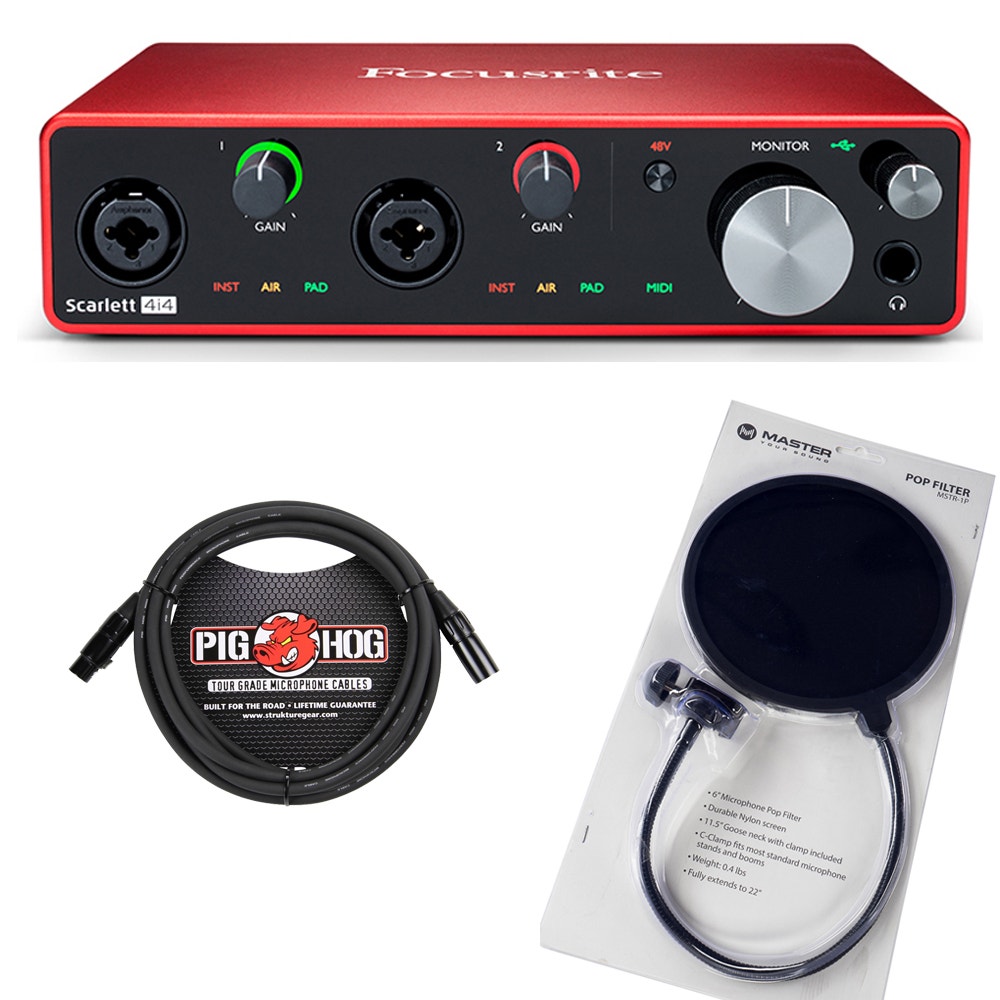

You can hear some bits and bobs here and there, but on the whole the Yeti X handled itself well even in a monstrously crappy recording situation. I didn’t get a chance to record outside, but that might be for the best. If you want to make sure you don’t come across these issues in your own recordings, there’s quite a lot you can do with some prep time. I recorded in my empty kitchen with lots of hard, flat, granite and tile surfaces-basically, a worst-case scenario for an at-home recorder. You can probably hear that the Yeti X still has minor difficulties with plosives and fricatives ( p, ph, f, s, sh, z sounds) like any microphone, and that’s because I used it with nothing special out of the box. Instead, I recorded a podcast with the Yeti X to give you a feel for the sound quality it’s capable of.

So we’re not going to pit this against the Shure SM7b or Electro Voice RE20. In fact, it’s beyond unfair: it may lead you to think that it’s not a very good mic. The other pickup patterns are more appropriate for multiple speakers and capturing ambient sound in the room you’re in.īecause of the fairly narrow applications you’d use the Yeti X for, doing our normal testing suite seems unfair. That setting does the best for noise rejection and signal quality if you’re the only thing you’re trying to capture. If you’re recording yourself speaking, I’d suggest just setting the cardioid pattern and calling it a day. Picks up whatever is in front and behind the mic. Mic will only pick up what's in front of it, and slightly off-angle. Heart-shaped pickup, ideal for voiceovers, voice acting, and podcasting. Records all sound around the microphone in a mono track. Blue lists ASMR, and ambient recordings as ideal for this setting. Use for recordings where the illusion of space is important. While you may end up just setting one and forgetting about it, each of these options has a use case in mind, so remember this handy-dandy table if you need some guidance. On the back of the Yeti X you’ll notice a toggle that cycles through these weird little icons. You can change the colors on all the LEDs, and even load up vocal presets to What pickup pattern should you use? The idea is simple: if you need to customize your setup for a stream, Blue wants you to be able to do that.
#GIVE USB MIC BOOST SELECTER INSTALL#
If you do install the Logitech GHub utility, you can customize these all, of course. Mic is live, user is adjusting levels for live monitoring Mic is live, user is adjusting headphone volume Mic is live, gain is too high: signal is clipping Mic is live, recorded sound is within safe limits. Mic is live, recorded sound is within safe limits Mic is muted, user is adjusting volume when unmuted While these can be a little confusing at first, it’s pretty simple to get the hang of it. When you first start using the Blue Yeti X, you’ll see a ring of small LEDs around the volume knob, along with a solid ring embedded in the knob itself. When live, the gain knob on the Blue Yeti X will display your levels in an LED ring so you can take your eyes off the computer (click to animate). You can also push the dial in to mute yourself when you need to on calls-or during a livestream if you don’t want your thousands of followers to hear your neighbors fighting or someone else embarrassing you somehow.

On the front of the unit is a gain dial with lights to show you both how loud you’re currently speaking, and the level of gain applied. By enabling some capsules and not others, the mic can work in ways a normal single-capsule mic cannot.

Inside the microphone are four different capsules, all pointed in different directions. You might be wondering how a microphone can change its pickup pattern, but the way that the Yeti X does it is pretty clever. If you find yourself switching between podcasting, streaming, and recording multiple people at once, you’re going to be making good use of the pickup pattern selector. This allows the microphone to be used in several different ways, even if it does make placement a little bit different than you may be used to. That’s because the diaphragms are aimed to the front, sides, and back, instead of outward like you might see with microphones on TV. Once you’ve set up the Blue Yeti X, you’re going to want to speak directly at it, and not into the top. Behind that grille are four capsules, enabling several different types of recording.


 0 kommentar(er)
0 kommentar(er)
